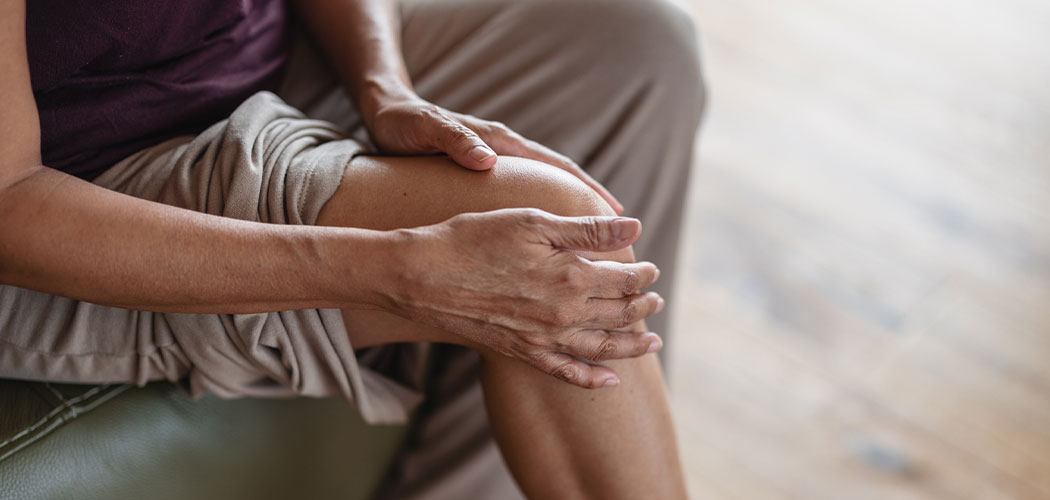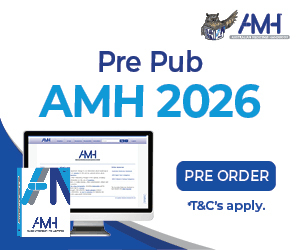The shape of a person’s kneecap could be an indicator of whether they’re more at risk of developing osteoarthritis, research shows.
Yet the reason is not well understood, according to researchers from the Australian National University (ANU), who were left surprised by the findings.
The ANU team set out to explore whether kneecap shape may be a contributing factor to why women who develop knee osteoarthritis often experience more severe symptoms than men.
“We wanted to focus on the kneecap as a major contributor of pain for individuals with knee osteoarthritis,” said lead author of the study, Associate Professor Laura Wilson Associate Professor Wilson.
“We know that some features of the femur, which forms part of the knee joint, are shaped differently in women compared to men, and we hypothesised that we might, similarly, find sex differences in kneecap shape.”
The team collected CT scans from a large sample of healthy individuals and patients on the wait list for a knee replacement.
Using advanced image analysis techniques to create 3D models of hundreds of kneecap bones, the team then applied shape modelling methods to visualise and measure the shape of the surfaces of the kneecap in three dimensions.
While they didn’t find unique features among the kneecaps of women compared to men, they did uncover variations in the surfaces of the kneecap that were more pronounced in individuals with osteoarthritis.
“What’s surprising is that the different joint surfaces of the kneecap change shape in different ways with osteoarthritis, and as disease severity increases,” said Associate Professor Wilson.
The team now plans to expand the study to understand whether these shape differences in individuals with osteoarthritis start early on.
“If that’s the case, then features of the kneecap might be added to disease prevention models, which could help identify people who are more at risk of knee osteoarthritis and could benefit from early intervention,” Associate Professor Wilson said.
The study was published in Osteoarthritis and Cartilage.








